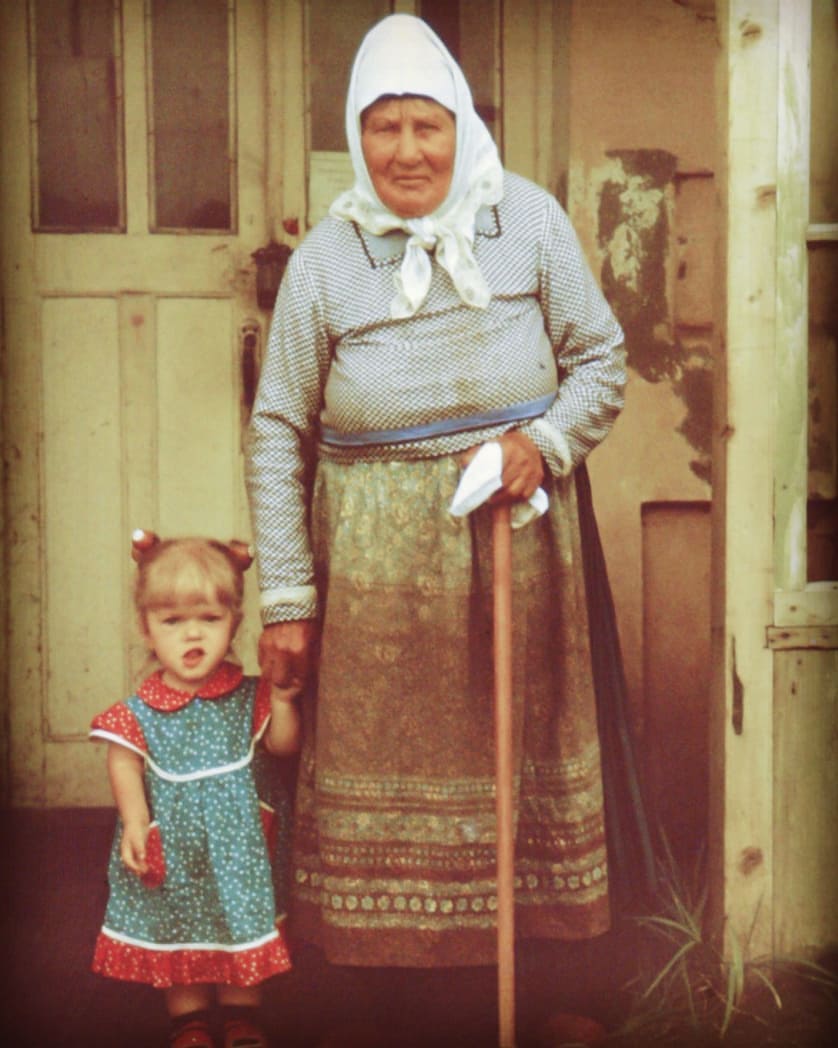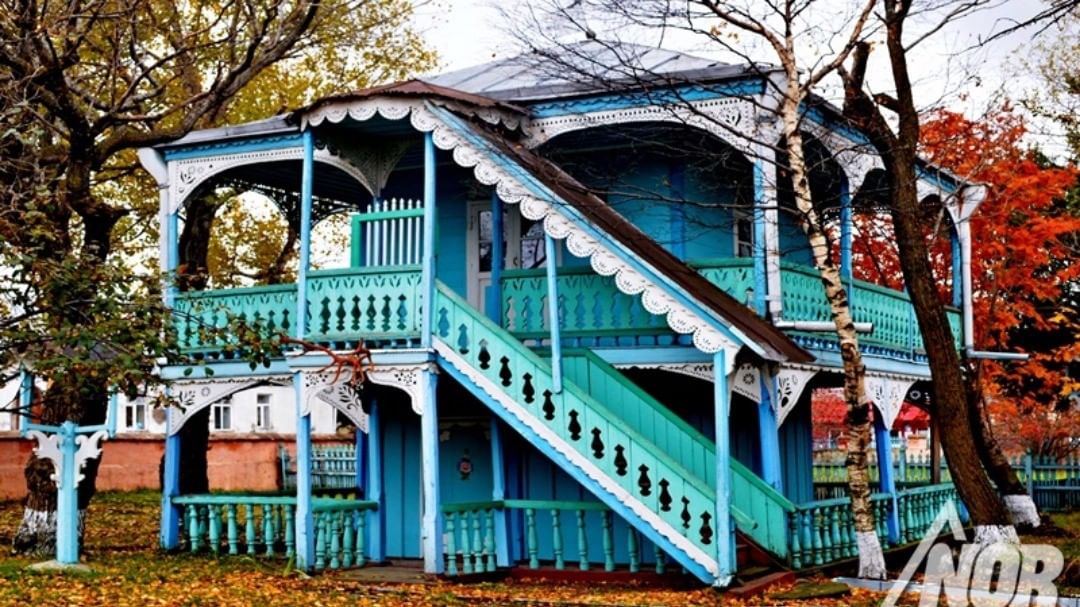Throughout history, the land where the modern country of Georgia now sites has alternatively been a crossroads for merchants, a trophy for conquerors, and a safe haven for the persecuted. One such group seeking sanctuary were the Doukhobors.
The Doukhobors are a spiritual Christian religious sect. They originated in Russia in the early 18th century and are distinguished for their rejection of the hierarchy and structure of the Orthodox Church including the use of icons and other Church rituals. Doukhobors are pacifists and tend to live together, separate from people of other religious beliefs and the modern world. They reject personal materialism and value modesty, cooperation, and tradition. They practice storytelling, maintaining an oral history alongside religious hymns and verses.

Source: delfinika13
The group’s persecution began when Tsar of the Russian Empire Nicholas I issued a decree in 1826 that aimed to forcibly integrate the Doukhobors into mainstream society. The decree ordered military conscription, outlawed their religious meetings, and encouraged conversions to Russian Orthodoxy. A second oppressive decree followed in 1830 conscripting all able-bodied Doukhobor men for service in the Russian army in the Caucasus, while those not physically able along with women and children were ordered to be resettled in Transcaucasia. The recently acquired Transcaucasian provinces included most of present-day Georgia. Approximately 5,000 Doukhobors, along with other religious dissenters, are believed to have been resettled in Georgia between 1841 and 1845, mainly around what is today Akhalkalaki in the region of Samtskhe-Javakheti. The exiles established villages: Gorelovka, Rodionovka, Yefremovka, Orlovka, Spasskoye (Dubovka), Troitskoye, and Bogdanovka. By 1886, the Doukhobor population in Transcaucasia reached 20,000.
In the late 1890s, thousands of Doukhobors were given permission to emigrate to Canada, pressured by international governments who did not support the harsh treatment of the minority religious group. Approximately one third of Russia’s Doukhobor population is thought to have migrated to Canada during this period. Today, there are an estimated 45,000 people in North America of Doukhobor descent.

Source: radionor
One of the most interesting aspects of the Doukhobor culture in Georgia is their connection to Russian writer and philosopher Leo Tolstoy. Tolstoy lived from 1828-1909, and his writings on pacifism, idealization of peasant life, and spirituality aligned with Doukhobor theology. Tolstoy himself recognized and respected the Doukhobor community, donating some of the proceeds of his work to the costs of resettlement in Canada. There is even a school, still operating in the town of Gorelovka today, that bears the name of Tolstoy, who donated the money to build it. In the summer of 1895, a large faction of Georgia’s Doukhobors gathered to protest the Tsarist military draft – they placed all their weapons on a pyre and lit them aflame, singing hymns while they burned. They refused to fight for the Tsar on their principle of pacifism. The Russian Empire punished the demonstration by sending Cossack troops to beat them. Many families were forced to flee to other parts of Georgia, others died of starvation or exposure.
During Soviet times, the Doukhobors in Georgia thrived, running successful collective farms – producing, in particular, several varieties of cheese. In modern day Georgia, you can still find traces of these communities, although they have been ravaged by the effects of rural poverty, widespread post-Soviet emigration, and the lures of modern technology. In the late 1980s, as the Soviet government entered the period of glasnost (openness) and allowed more freedom of movement within the country, many Doukhobors moved to Russia – most still spoke primarily Russian and never learned the Georgian language. There was also a large migration of Doukhobors to Canada after the fall of the Soviet Union, where several communities still thrive today. After their exodus, some villages were renamed with Georgian names – Bogdanovka became Ninotsminda, Troitskoe became Sameba – and in most of these places there is little left of the Doukhobor legacy.
Today, the Doukhobor population in Georgia is barely holding on, with a community estimated to be as small as 500 people. Most young people leave their villages to find work abroad. To see a sliver of the often persecuted, isolated, idyllic life that once was, the best place to go is Gorelovka. Gorelovka is a village between Ninotsminda and the Armenian border. In a 2013 article, Slate reported that “In Gorelovka today, Doukhobors are outnumbered at least 15-to-1 by the majority Armenians; in the broader Javakheti region of Georgia, the ratio is 200-to-1.” There are many empty, abandoned Doukhobor homes that the Georgian government have periodically commandeered for ecological migrants from western Georgian – many Adjaran Muslim families.
The Doukhobors’ industrial beginnings are evident in Gorelovka – colorful pastel buildings, trimmed with gingerbread-house wooden carvings, dot the landscape. Older women, especially on holidays and other ceremonial occasions, still wear traditional clothing – long skirts in bright yellows, blues, and reds, loose blouses, white aprons and headscarves. The Doukhobor villages are best suited for a day trip, perhaps spending the night in Ninotsminda. There is very little tourism infrastructure. Visitors can see the beautiful houses, buy some locally made cheese, and, perhaps, have a conversation with one of the few remaining Doukhobors in Georgia.
By Samantha Guthrie
Main photo: David Vartumashvili
